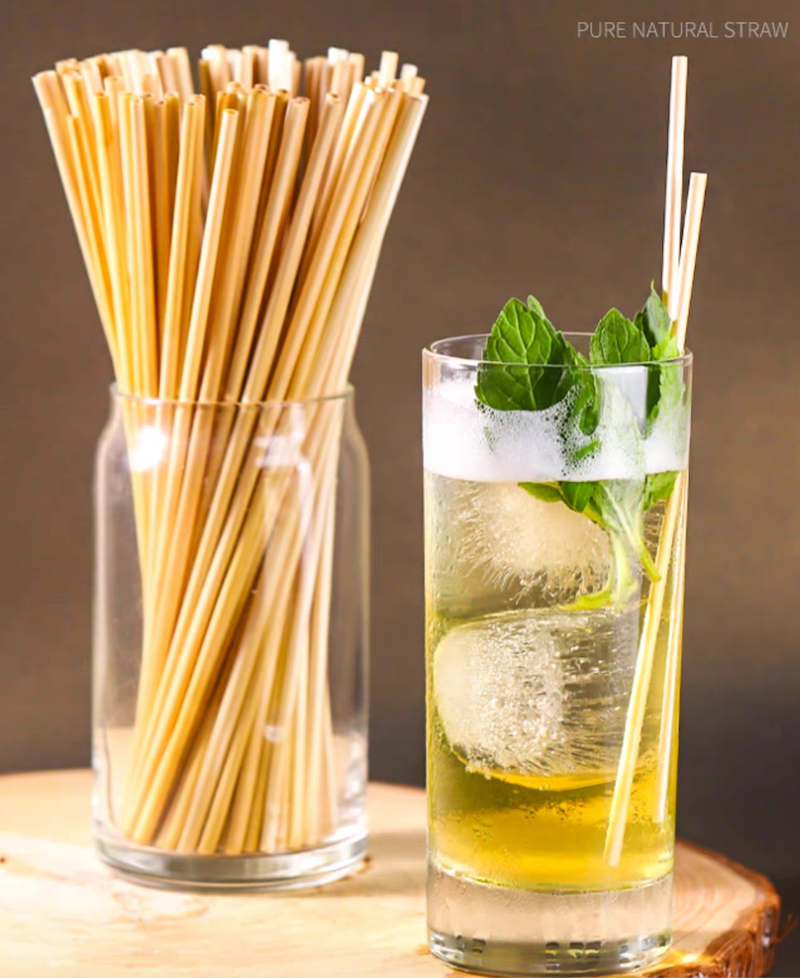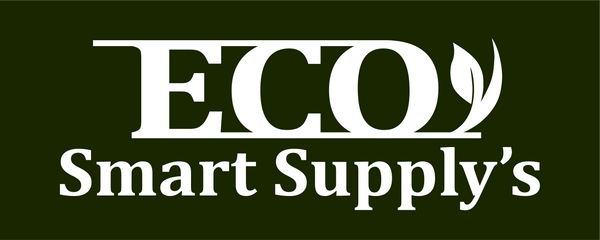1
/
of
2
Wheat straw*100pcs
Wheat straw*100pcs
Regular price
$6.70 AUD
Regular price
Sale price
$6.70 AUD
Unit price
/
per
Taxes included.
Wheat straw is an eco-friendly material used as an alternative to conventional plastics for various products, including straws, packaging, and even building materials. Here’s a comprehensive look at wheat straw and its applications:
What is Wheat Straw?
- Definition: Wheat straw is the stalk of the wheat plant left over after the grain has been harvested. It is a byproduct of wheat farming and has traditionally been used for purposes like animal bedding and compost.
- Composition: It consists mainly of cellulose, hemicellulose, and lignin, making it a fibrous and somewhat durable material.
Features of Wheat Straw Products
-
Eco-Friendly:
- Biodegradable: Wheat straw products are biodegradable, meaning they break down naturally in the environment, reducing landfill waste.
- Renewable: Made from a byproduct of wheat production, it makes use of agricultural residues and reduces the need for new raw materials.
-
Sustainable:
- Resource Efficiency: Utilizing wheat straw helps reduce waste and makes use of materials that would otherwise be discarded or burned.
- Lower Carbon Footprint: Producing wheat straw products typically involves fewer greenhouse gas emissions compared to conventional plastics.
-
Durability:
- Strength: Wheat straw straws and other products are designed to be sturdy and functional, though they may not be as strong or flexible as some other materials.
- Temperature Tolerance: Wheat straw products are usually suitable for cold to moderate temperature use but may not perform well with very hot liquids.
Applications
-
Wheat Straw Straws:
- Usage: Designed as a sustainable alternative to plastic straws, they are typically used for beverages. They provide a similar function but with a reduced environmental impact.
- Durability: Wheat straw straws are generally sturdy but may become softer with prolonged exposure to liquids, especially hot ones.
-
Wheat Straw Packaging:
- Eco-Friendly Packaging: Wheat straw is used to create biodegradable packaging materials for food and other products. It helps reduce reliance on single-use plastics.
- Applications: Includes containers, wraps, and other packaging solutions that are both functional and environmentally responsible.
-
Wheat Straw Tableware:
- Products: Includes plates, bowls, and cutlery made from wheat straw fibers. These items are durable, biodegradable, and ideal for disposable use at events and gatherings.
-
Construction Materials:
- Building: Wheat straw is sometimes used in construction materials, such as straw bales for insulation or eco-friendly building blocks.
Benefits
-
Environmental Impact:
- Reduces Plastic Waste: Wheat straw products help lower the volume of plastic waste entering landfills and oceans.
- Conserves Resources: By utilizing agricultural byproducts, wheat straw products make efficient use of available resources.
-
Biodegradability:
- Natural Breakdown: Wheat straw products break down more quickly than conventional plastics, reducing long-term environmental impact.
Considerations
-
Performance:
- Limitations: Wheat straw products may not be as durable or heat-resistant as other materials, and their performance can vary depending on the specific product and usage conditions.
-
Availability:
- Market Penetration: While increasing, wheat straw products may not yet be as widely available as other sustainable alternatives.
Related Products
- Wheat Straw Straws: Typically available in various sizes and often designed for cold beverages.
- Wheat Straw Tableware: Plates, bowls, and cutlery designed for disposable use.
- Wheat Straw Packaging: Includes eco-friendly containers and wraps.
Care and Disposal
- Cleaning: Wheat straw products are usually designed for single use, but some tableware items can be cleaned and reused if needed.
- Disposal: Compostable and biodegradable in industrial composting facilities; check local guidelines for proper disposal if industrial composting is not available.
Wheat straw products offer a sustainable and practical alternative to conventional plastics, contributing to waste reduction and resource efficiency. They are suitable for various applications where environmental impact is a concern.
Product features
Product features
Materials and care
Materials and care
Merchandising tips
Merchandising tips
Share




